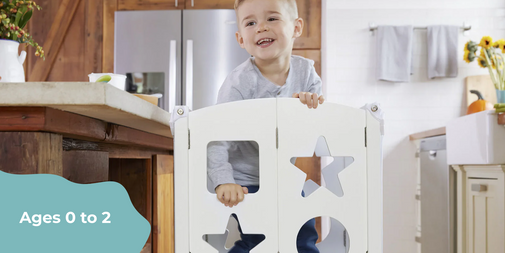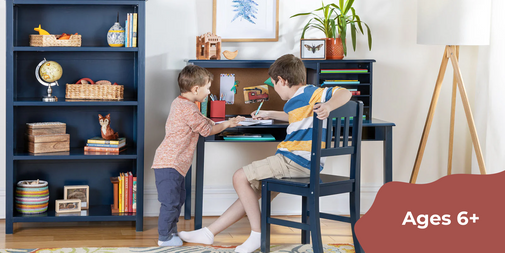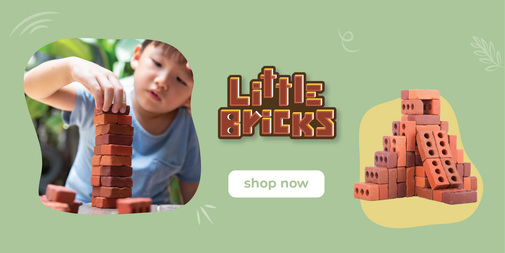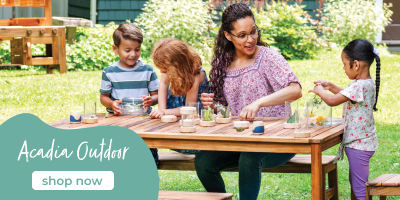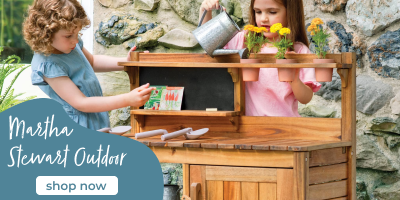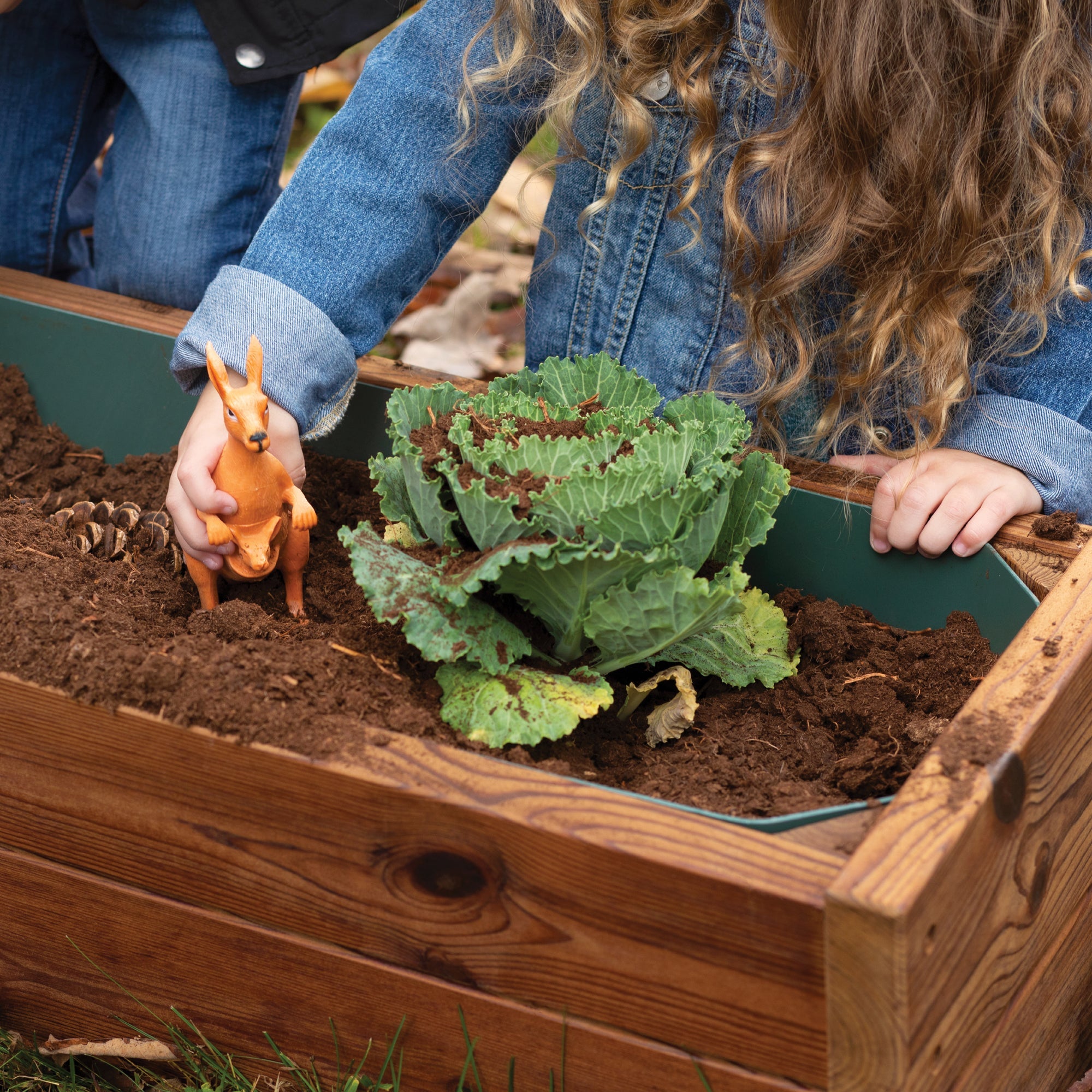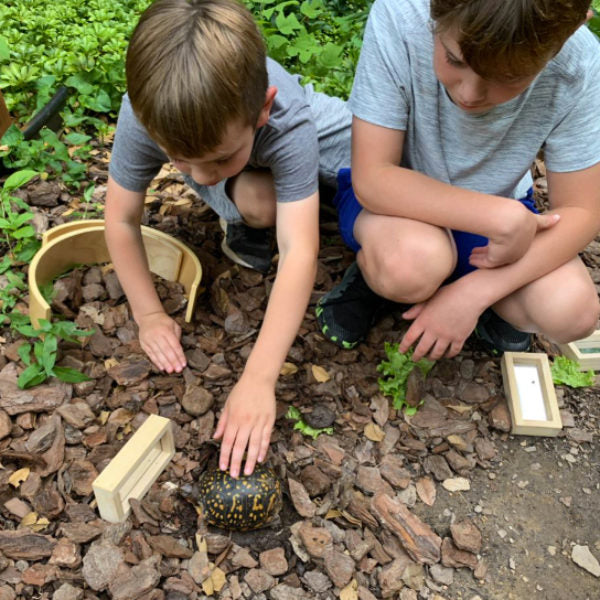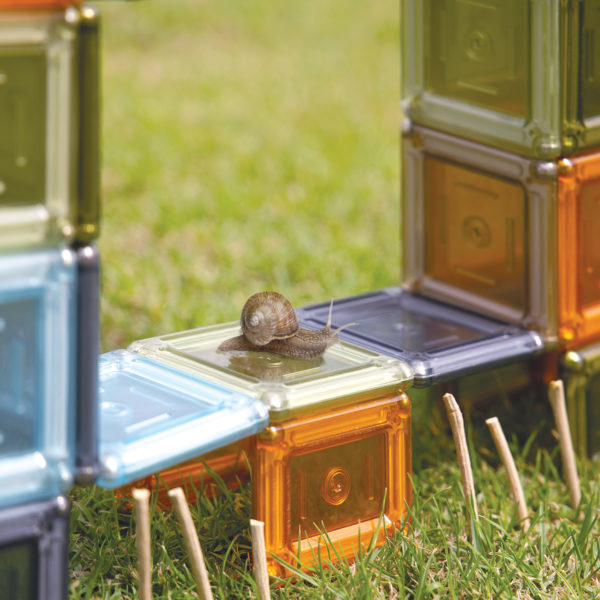Learning with Nature: Finding Creative Inspiration

Learning with nature means not just learning in or about nature, but learning in an environment where the natural world becomes another teacher. Good teachers of course help their students learn facts and ways of thinking, but they also inspire. They make us feel something so strongly we are sparked to create.

One way nature inspires is through immense beauty. Nature is chock-full of visual and textural beauty including different shapes, intricate patterns, diverse color palettes, broad expanses, and minute details. Nature is also full of auditory beauty such as bird songs, leaves rustling in the wind, and thunderclaps. This variety can inspire children to create—to express the beauty around them. Nature may also inspire them to express the emotions of experiencing the natural world such as awe, wonder, curiosity, peace, solitude, or connection. This inspiration may lead to creation in the form of drawing, sculpting, singing, or writing prose or poetry.

We can support children’s creative expression in a variety of ways. First and foremost, we have to support children in going outside—to experience nature. Then, once they’ve seen and felt the beauty and awe, we can support them in expressing their own creativity. We can do this by taking materials outside, using found materials for creating outside or inside, or simply using nature as inspiration for creation indoors.
A great starting point is to take art materials (e.g., crayons, markers, paints, clay) outside and simply use the outdoors as a studio. However, we can also model for and facilitate children’s connection with the world around them by encouraging noticing of sights and sounds to incorporate into their art. We might, for example, create our own drawing of a tree we’re sitting near or draw lines and shapes on our paper to represent the soundscape we’re hearing around us. We can also model integration of natural materials by adding leaves to our sculptures or capturing shadow and light in a drawing.
At some point we’ll have to go back inside, but the creative expression doesn’t have to end. Before we leave the outdoor space, we can gather a variety of natural loose parts to use later.

Examples of natural loose parts include leaves, stones, acorns, sticks, and seeds. (Be sure these materials are abundant and non-living for the health of the natural space.) Yet, we don’t have to be outdoors or using natural materials to find inspiration from nature. We can encourage creation from memory. Recalling, for example, the colorful sunset or the emotions we felt as migrating geese flew overhead on a cool fall evening.
To help bridge the outdoor and indoor experiences, we can also encourage creation with prompts such as photographs or videos of our experiences outside. For example, we can encourage children to take photos of their favorite things outside, or even guide them to specifically look for patterns they notice, then print those for children to use as inspiration when creating indoors. Other children might enjoy compiling and narrating their own nature documentary from photos and video they’ve gathered outside.
No matter where the art is expressed, the inspiration requires extensive time outdoors. Not only time in nature, but intentional time that allows nature to teach. That is, time for children to experience and be inspired by nature. If we support this time, we’ll likely find ourselves inspired by the children themselves.




